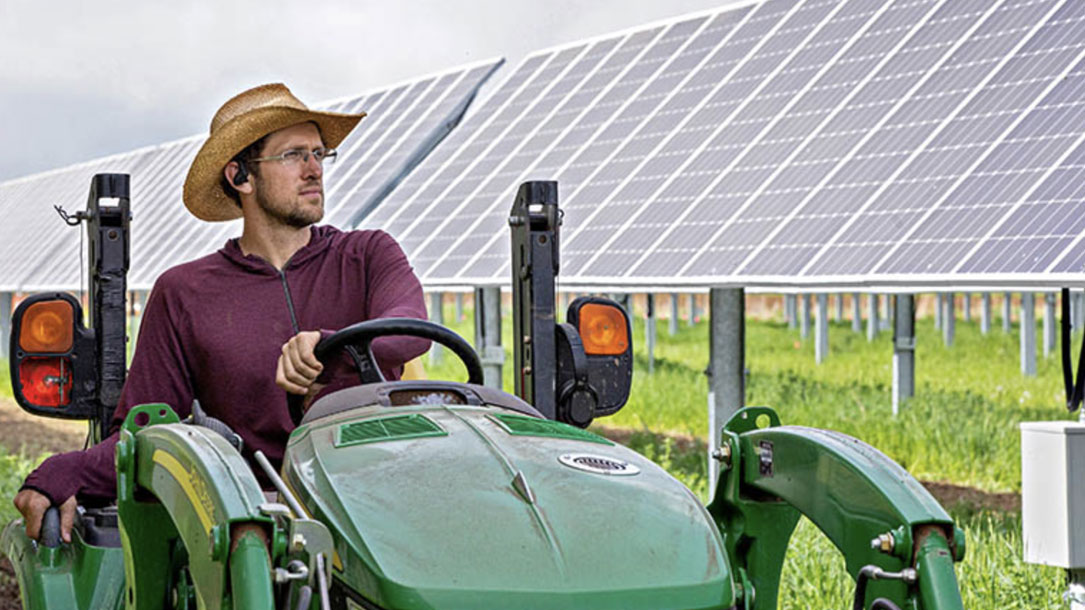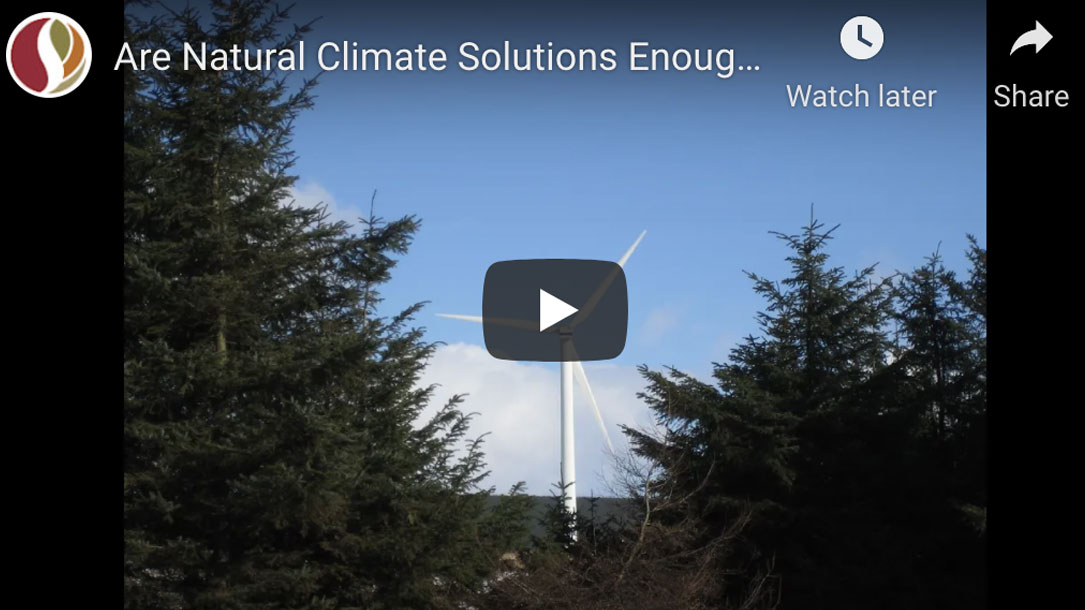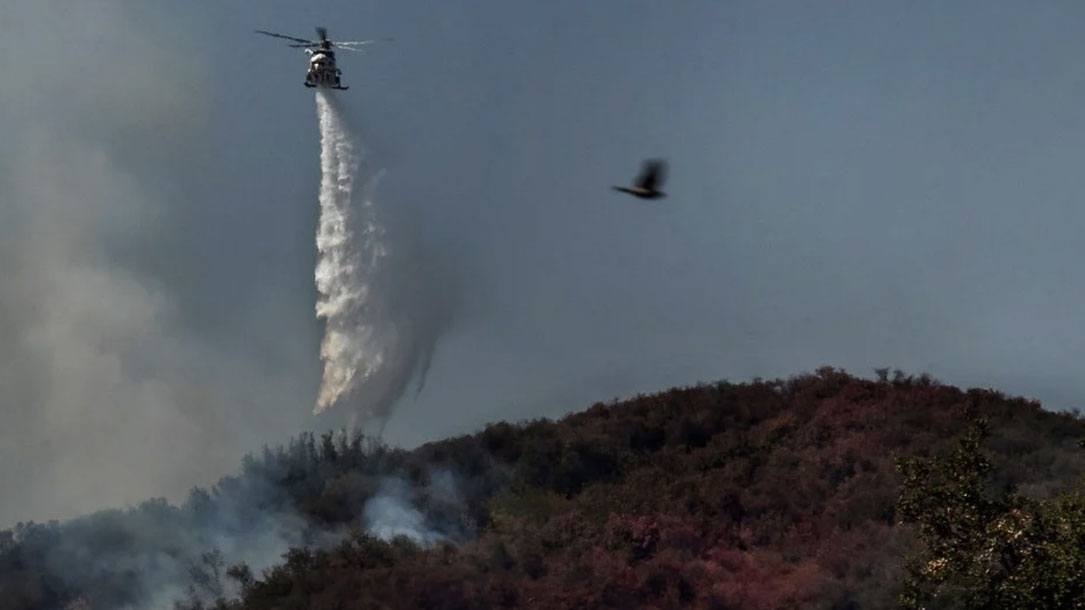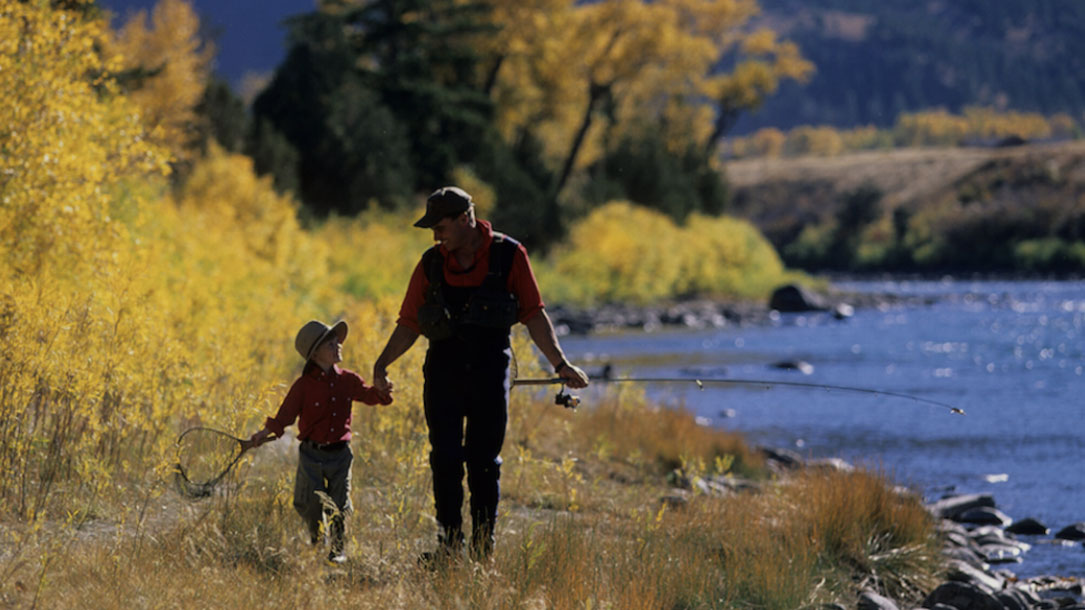
Five natural climate solutions to [help] mitigate climate change
“The United States and other countries can immediately expand investment and support for natural climate solutions that provide the triple benefit of reducing emissions, taking carbon out of the atmosphere, and increasing the resiliency of the natural world…”
Here is something you can share with people who care about this — and let them know what is happening in your region and how it works in partnership with the shift to renewables.

Rethinking forest carbon offsets
Background: What is a forest carbon offset?
The net increase each year in the amount of carbon stored in the world’s forests and forest products is a critically important sink, removing carbon dioxide from the atmosphere, and offsets a meaningful portion of the world’s annual greenhouse gas emissions…

The future of agriculture combined with renewable energy finds success at Jack’s Solar Garden
Jack’s Solar Garden is the largest commercially active agrivoltaics system researching crop and vegetation growth under photovoltaic solar panels in the United States. The garden generates enough power for more than 300 homes from 3,276 solar panels (6 ft and 8 ft) that create a 1.2-MW community solar garden.
Audubon Rockies, a regional office of the bird protection society, established their largest Habitat Hero pollinator habitat in Colorado around the solar array, while a local nonprofit farming organization, Sprout City Farms, trains young farmers to cultivate crops under the solar panels…

Stanford researchers discuss imperative to combine natural and industrial approaches to global decarbonization
Protecting carbon sinks, such as forests and wetlands, is key to slowing climate change, but only part of the puzzle, Stanford researchers say. Reducing emissions is still essential for meeting global climate goals…

Pliocene warmth, polar amplification, and stepped pleistocene cooling recorded in NE Arctic Russia
“The geologic record makes it clear that global temperatures are intimately linked to changes in atmospheric greenhouse gas concentrations. Today’s CO2 levels are similar to Pliocene estimates (4.5 to 2.588 million years ago)…”

Constraints on global mean sea level during Pliocene warmth
“Reconstructing the evolution of sea level during past warmer epochs such as the Pliocene provides insight into the response of sea level and ice sheets to prolonged warming. Although estimates of the global mean sea level (GMSL) during this time do exist, they vary by several tens of metres, hindering the assessment of past and future ice-sheet stability.”

Carbon dioxide peaks near 420 parts per million at Mauna Loa observatory
“The atmospheric burden of CO2 is now comparable to where it was during the Pliocene Climatic Optimum, between 4.1 and 4.5 million years ago, when CO2 was close to, or above 400 ppm. During that time, sea level was about 78 feet higher than today, the average temperature was 7 degrees Fahrenheit higher than in pre-industrial times, and studies indicate large forests occupied areas of the Arctic that are now tundra.”

One-third of all plant and animal species could be extinct in 50 years, study warns
One-third of all animal and plant species on the planet could face extinction by 2070 due to climate change, a new study warns.
Researchers studied recent extinctions from climate change to estimate how many species would be lost over the next 50 years.

United Nations report shows that climate change is accelerating
“On May 27, the World Meteorological Organization released its decadal survey, which included dire predictions: there is a 90 percent chance that one of the next five years will be the hottest on record, and a 40 percent chance that we will experience a year with a global average temperature 2.7 degrees Fahrenheit above pre-industrial levels…”

Organization to know: Conservation Hawks
We are a group of passionate hunters & anglers devoted to protecting our sporting heritage and passing on a healthy natural world to our kids and grandkids. Our motto says it all: Hunters & Anglers Defending Our Future.
What makes us different? At Conservation Hawks, our job is to identify and address the single biggest threat to our hunting & fishing. That’s why we focus all our time & energy on the most important issue for sportsmen: Climate Change.












